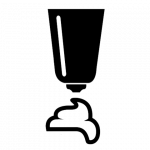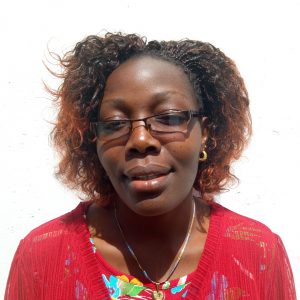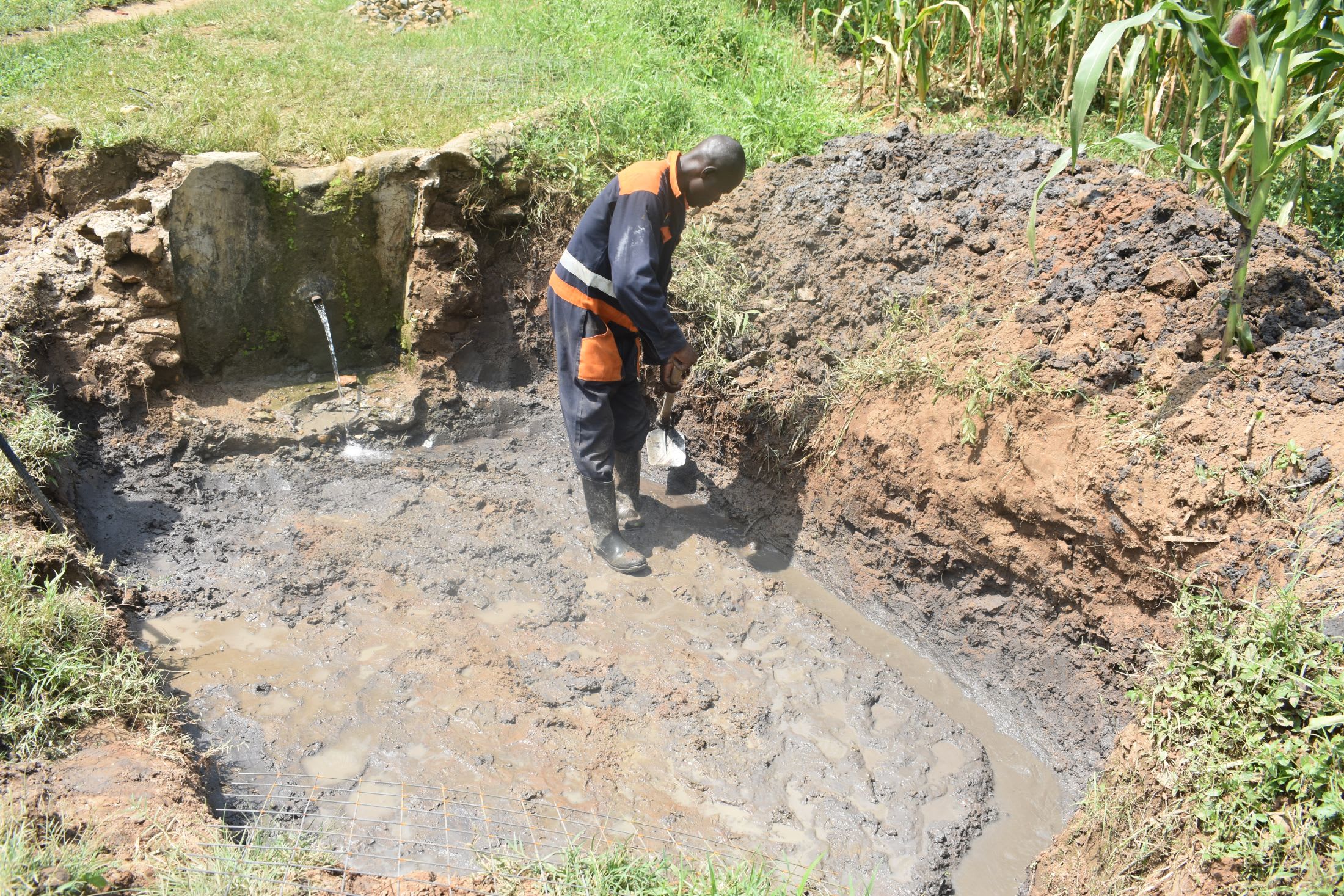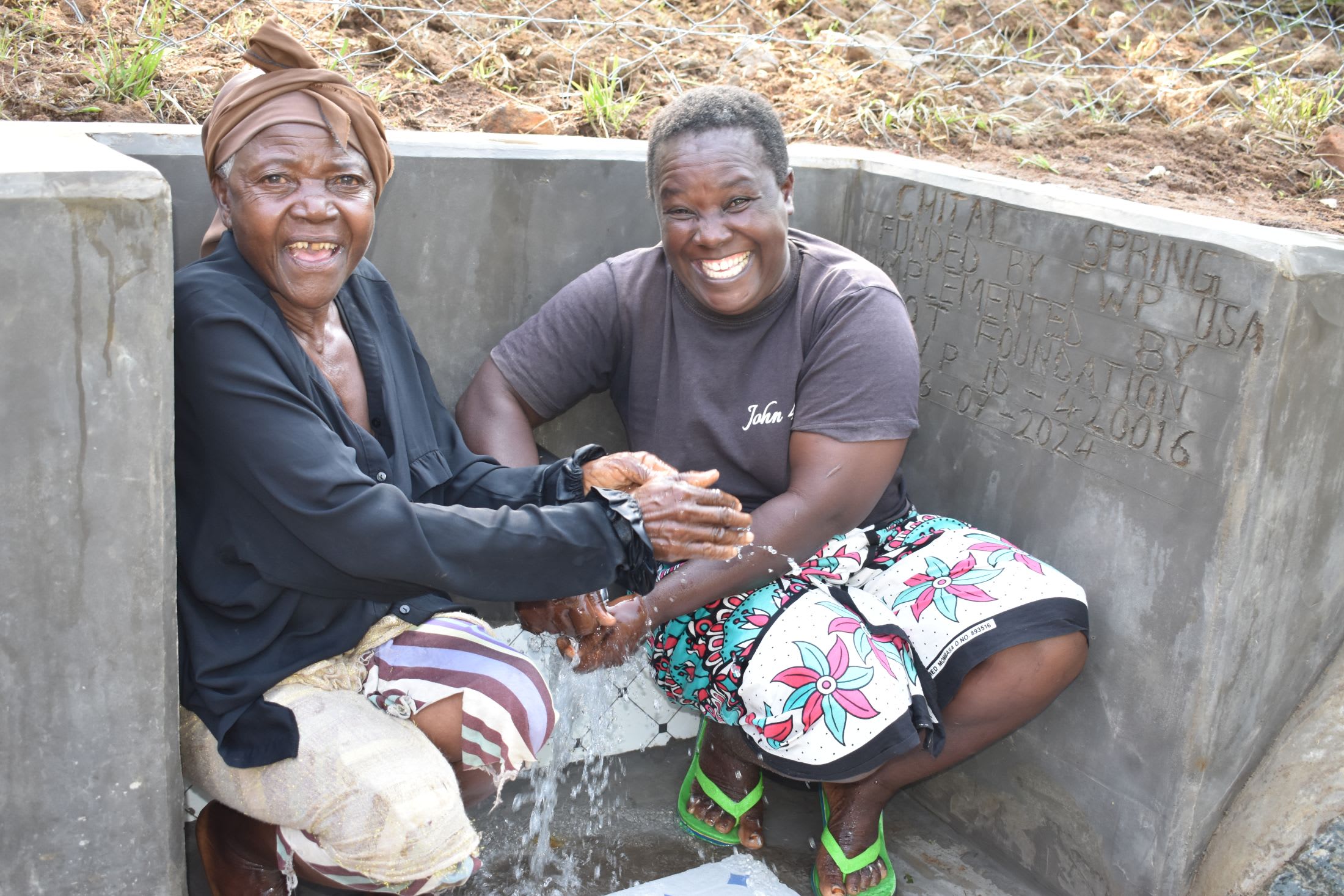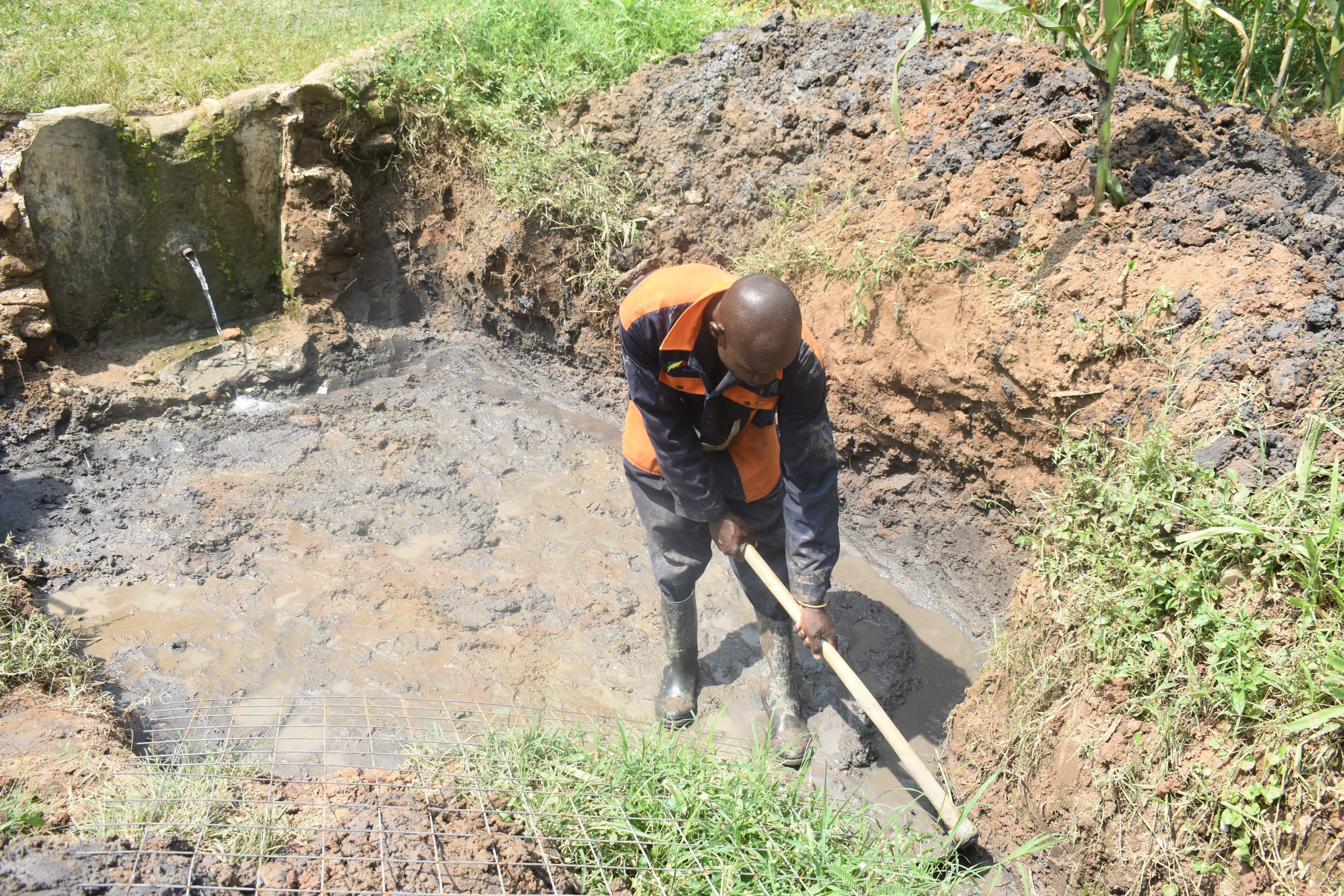700 hundred of the 1,050 people who call Eshikufu home live in the section of the community that depends on Chitai Spring for water. Due to previous well-intentioned but insufficient attempts at protecting the spring, water does not flow from the collection pipe as quickly as it should, and the walls and floor are crumbling. This makes it impossible for the large number of community members it serves to collect sufficient water to meet their daily needs, even after waiting in long lines.

The water quality that the spring produces also creates serious risks for those consuming it, threatening them with water-related illnesses.
"The spring is broken down; hence [it is] exposed to contamination which directly affects the users' health," shared field officer Jacqueline Kangu.
Sadly the community reports frequent typhoid, diarrhea, stomachaches, and fevers from consuming the water. Not to mention the ongoing knee and back pain from the laborious task of collecting it.
"During [the] rainy season, the water is very dirty, the terrain is bad and can break our legs, and [the] drawing point is destroyed. The standing water is a breeding point [for] tadpoles and liver flukes, which are dangerous when they bite," said 38-year-old hairdresser Marion Makokha shown below at the unprotected spring.

Six-year-old Samantha echoed Marion's concerns about harmful critters in the water, which collect in the spring box because of improper drainage.
"Sometimes the water is dirty, and when I drink, I get sick. I also fear stepping inside the standing water because dangerous animals may bite me," Samantha said (shown below).

“Children require more water (by weight) than adults, so their exposure to water-borne pathogens is much higher. Diarrhoeal diseases cause dehydration in children much faster than in adults. Children are more likely to develop severe infections and experience complications during recovery due to their small body size and their developing immune systems, which provide little natural immunity or resistance," said Unicef
For community members to have a water source that is safe to drink from and one they can rely on to provide sufficient water, their spring needs to be protected appropriately. This will entail tearing apart the old spring and reconstructing it to ensure it is done in a way that protects people's health. Stairs will also be added to ease access to the water point and hopefully reduce the physical burden on those collecting water.
The protection of the spring will enable adults like Marion and children like young Samantha to focus on collecting water quickly and safely so they can have time in their day for other essential things and maintain their health.
Note: Our proposed water point can only serve 300 people per day. We hope to continue working with this community to identify other water solutions that will ensure all of the people in this community have access to safe and reliable drinking water.
The Proposed Solution, Determined Together...
At The Water Project, everyone has a part in conversations and solutions. We operate in transparency, believing it benefits everyone. We expect reliability from one another as well as our water solutions. Everyone involved makes this possible through hard work and dedication.
In a joint discovery process, community members determine their most advantageous water solution alongside our technical experts. Read more specifics about this solution on the What We're Building tab of this project page. Then, community members lend their support by collecting needed construction materials (sometimes for months ahead of time!), providing labor alongside our artisans, sheltering and feeding the builders, and supplying additional resources.
Water Access for Everyone
This water project is one piece in a large puzzle. In Kenya, Sierra Leone, and Uganda, we're working toward complete coverage of reliable, maintained water sources that guarantee public access now and in the future within a 30-minute round trip for each community, household, school, and health center. One day, we hope to report that this has been achieved!
Training on Health, Hygiene & More
With the community's input, we've identified topics where training will increase positive health outcomes at personal, household, and community levels. We'll coordinate with them to find the best training date. Some examples of what we train communities on are:
- Improved hygiene, health, and sanitation habits
- Safe water handling, storage & treatment
- Disease prevention and proper handwashing
- Income-generation
- Community leadership, governance, & election of a water committee
- Operation and maintenance of the water point
Chlorine Dispensers
Installing chlorine dispensers is an important piece of our spring protection projects. Protecting a spring provides community members with an improved water source, but it doesn’t prevent contamination once the water is collected and stored. For example, if the water is clean and the container is dirty, the water will become contaminated.
We ensure that each chlorine dispenser is filled with diluted chlorine on a consistent schedule so that people can add pre-measured drops to each container of water they collect. That way, community members can feel even more confident in the quality of their water.




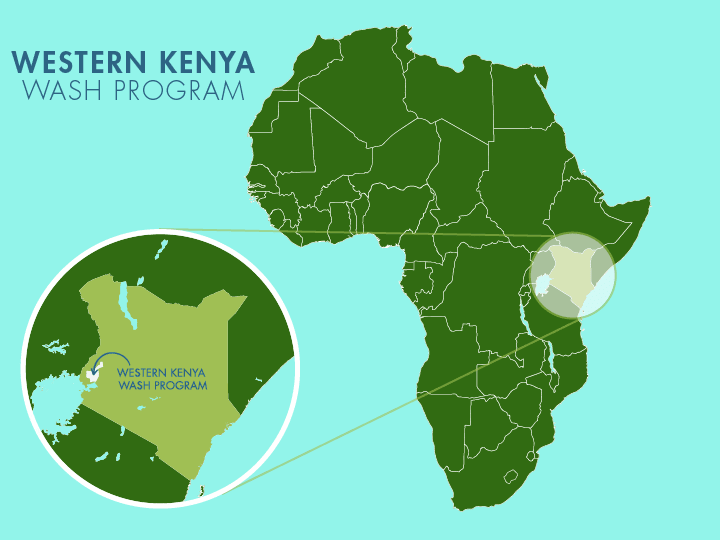
 Protected Spring
Protected Spring
 Rehabilitation Project
Rehabilitation Project




